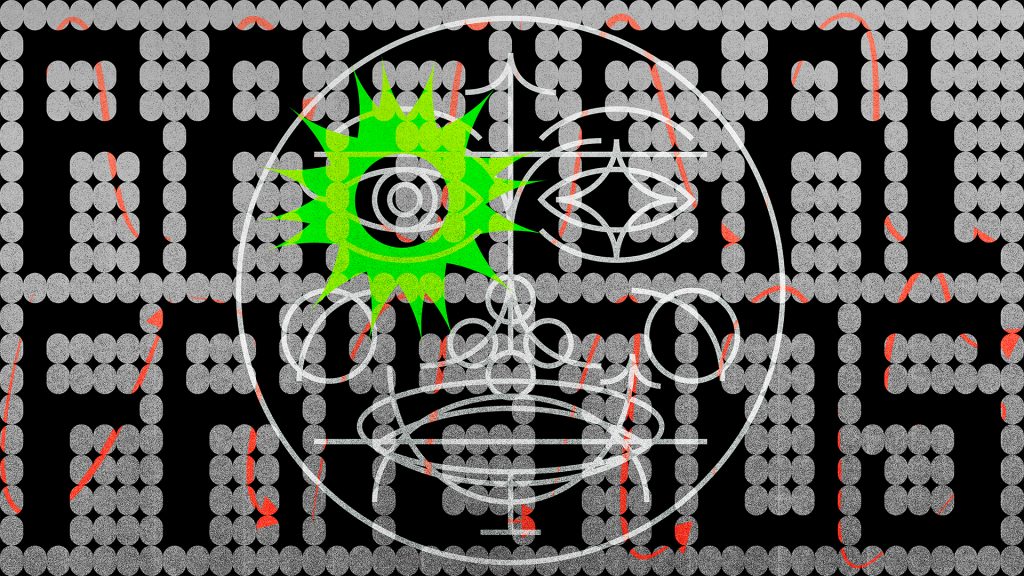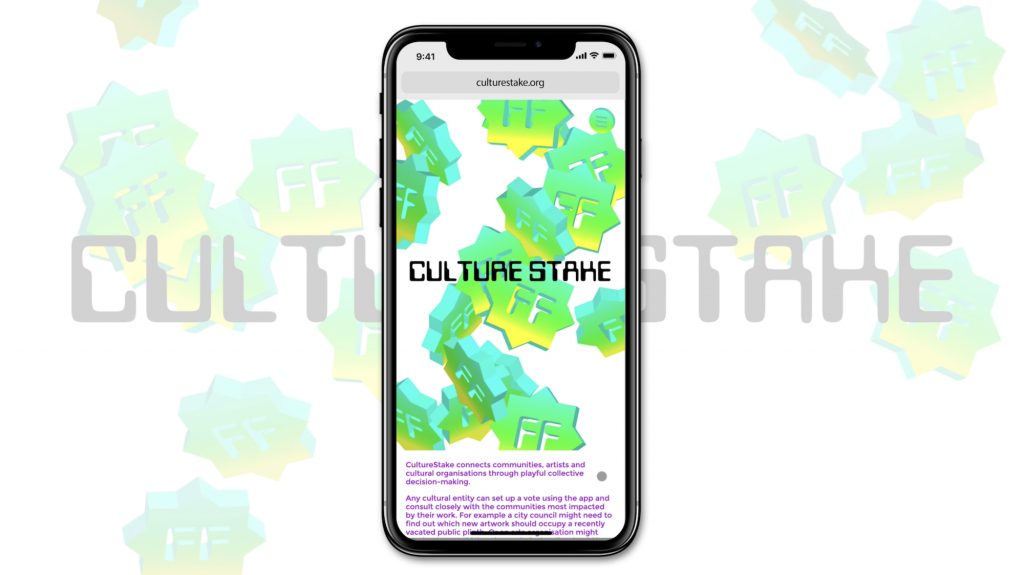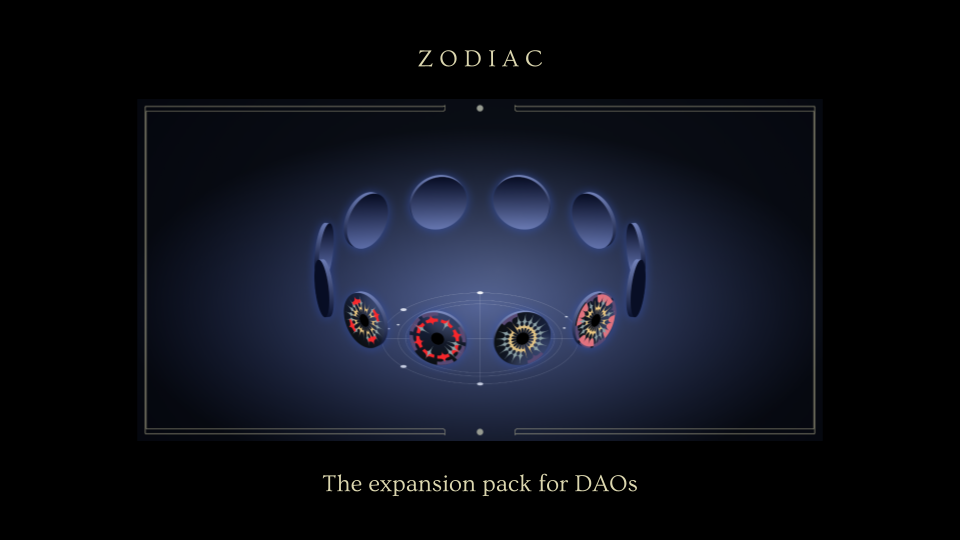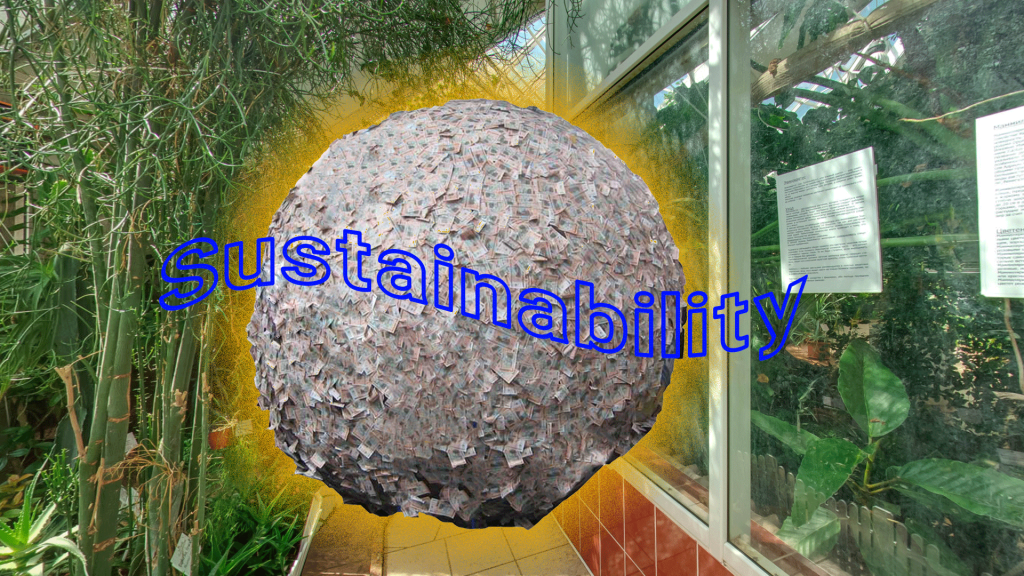Interview by Charlotte Kent

If NFT’s popularity emerged in 2021, any number of people would stake that DAO will be the concept popularised across 2022. The acronym stands for Decentralised Autonomous Organization. Ironically, it can be none of these things. If the language around blockchain wasn’t confusing enough, now it seems almost intentionally obfuscating. What is a DAO?
Sara Moosvi suggested that DAOs are a fancy term for bringing a business or organization on chain in some way1. More specifically, Fanny Lakoubay, the Founder & CEO of LAL Art and a long-term participant in the blockchain space, shared her thoughts: DAOs are a new, simpler way for artistic communities to self-organize, manage a treasury and scale around a common goal.
It allows for better representation of underrepresented communities, such as female artists, artists of colour, transgender and nonbinary artists, to get a voice and a platform to reach a larger audience faster and in a more impactful way. DAOs are neither fully decentralised nor autonomous but could well be the vehicle that will help change the discourse of the art market for the better.
The variety of DAOs can also confuse since some operate as support collectives, others invest together, and some aim to educate. Last year, they cropped up around certain NFT sales. PleasrDAO, an art purchasing collective, famously bought IxShells Dreaming at Dusk for 500 ETH in May 2021 in support of Tor Project’s earliest onion browser. Art-collecting DAOs may have a certain agenda. Her Story DAO supports Black women by providing education on blockchain to encourage their participation, as well as collecting and curating the work of Black women.
The curating element that some DAOs offer is a way for artists who aren’t as familiar with NFTs to learn and gain access to the space. Most DAOs have a communitarian ethos. Some are invitation-based communities focused on supporting each other’s art-making practice, but many exist to pool funds in order to achieve certain goals—particularly in the realm of technology. H.E.R. DAO is a womxn-led developer DAO championing innovation & diversity that offers support for ventures with womxn leaders who are hopefully introducing new ways of thinking into machine systems2.
DAOs are each unique with little current legal or regulatory governance, part of the point for many early blockchain proponents—although that is changing too. Underlying DAOs is the notion that the smart contract system can steer behaviour with tokenised incentives and disincentives. Each DAO has governance protocols, and these can vary widely. Though many have clear missions and protocols, others are vaguer. These determine who may participate and in what fashion, but perhaps most importantly, guide decision-making.
Their decentralization is meant to disrupt hierarchical practices within an organization. As Shermin Voshmgir, the author of the book, Token Economy, explains in an excerpt on BlockchainHub Berlin: DAOs can be architecturally decentralised (independent actors run different nodes) and are geographically decentralised (subject to different jurisdictions), but they are logically centralised (the protocol).
The question of how to upgrade the code – when and if necessary – is very often delegated to a set of experts who understand the techno-legal intricacies of the code and therefore represent a point of centralization. For this reason, grasping how a DAO operates is crucial.
There is a lot to understand in this burgeoning space. Seeking more information, I reached out to Ruth Catlow, Co-founder and Artistic Director of Furtherfield and DECAL Decentralised Arts Lab and Penny Rafferty, her curatorial collaborator and a respected artist and writer in the space.
Furtherfield, an organization at the forefront of art and technology helping artists and audiences better understand emergent systems, has consistently produced timely resources. Somehow they had time to answer the following questions as they prepared for a symposium Radical Friends: DAO Summit for Decentralisation of Power and Resources in the Artworld on Saturday, January 22nd, organised by Goethe-Institut and Haus der Kunst3.



Opacity, eeefff orangery tour

What got you interested in DAOs initially?
Penny Rafferty: The philosophy of DAOs was very inspiring to me; I was interested in how partnerships and microgrids of assets could be articulated inside this new model; I was also drawn to the failures of the technology and the drive to continue to adapt and fork it – the struggle and desire seemed real and tangible. But what really struck me the most was how a group of allies could come together and bring forth a proposal based on a majority interest. This seemed to offer a new mode of progression that could be very useful across various socio-political cultural frames in order to shift the paradigm.
Ruth Catlow: Since the Furtherfield Do It With Others DIWO campaign, I have been interested in how global digital networks change the way we see and act together in art ecosystems.
The cultural sector (like many others) has developed around those with access to resources. As a result, the vast majority of people are not involved in the decision-making for creative and cultural activities in their area. In light of the great Covid cultural lockout and BLM activists illustrating the ramifications of long-term cultural lockout, we are all more aware of how much work has to be done.
At Furtherfield, we have been using free and open-source technologies and principles for over 25 years to develop emancipatory network cultures. So for us, creating a more democratic system based on a more trustworthy technical framework was the logical next move.
Artists have always expressed their social values and politics through the way they organise, the rules they set, and how they think about what is valuable in their work and for whom. As membership-based organisations, DAOs support the templating of new rules of cooperation and solidarity across national boundaries.
This supports reworkings of a whole series of artworld practices – collective identity play (vs individual genius/brand), new models of livelihoods, collaboration and co-ownership. It also encourages a more knowing and critical engagement with the relationship between art, markets, money, art history and value.
What are some notable features or attributes that have occurred since you first started observing DAOs?
PR: One of the most interesting parts of the conversation for me is watching how many interpretations a DAO can have. Kei Kreutler wrote a text in 2020 entitled Eight Qualities of Decentralized Autonomous Organizations, in which she discussed Rider Waite Tarot cards to illustrate and highlight this new gnostic agent [2].
Although she doesn’t explicitly refer to this, it seemed to me that a DAO is very much aligned with the dissemination of this ancient technology of tarot. There is, of course, one tarot, the essence, but millions of interpretations, aesthetics, languages, icons and belief systems that circulate it. This is what makes it incredibly powerful as a translation tool, and perhaps DAOs have some of these attributes also.
I think one of the main features is how mutable a DAO actually is, what it stands for and who it speaks to. We haven’t even begun to see how far that can stretch.
RC: Just in 2021, DAOs moved from fiction to reality with the provision of more accessible tools and the work of the DAO Model Law. This means that non-tech experts can experiment, iterate and imagine how the organisations they create might interact flexibly and accountably with other “legacy” entities.
What’s the first step (knowledge or practical) to participating in a DAO?
PR: Getting the right people in the room who can be accommodated both on and offline and understanding what your shared goals, skills and energy contribution can be…understanding who you are working with, I think, is as important as what you are working towards.
What are the attributes you look for in judging the governance structure of a DAO?
PR: I think the DAO code of conduct is very important. What kind of governance you are shaping relies on how you participate. Is your DAO intersectional? Does it provide for a plurality of participation regardless of wealth or other disparities?
Since DAOs are not fully autonomous, how does someone seeking to join determine when it does and doesn’t matter for a feature to be autonomous?
PR: Any DAO is an organization represented by rules which are encoded just as any computer program is, the main difference being that the code is transparent to the users and controlled by the organization members. The DAO is not influenced by a central government or solo user.
A DAO should be built around use and value to its participants rather than following one person’s unique vision because it convinces others. Of course, this is not always the case but many DAOs are really questioning the ideology surrounding mutable, dissolvable authority and collective responses.
When are DAOs most productive for an artist’s practices?
PR: From what I have seen and through my own participation in some of these conversations, DAOs are most useful in giving artists tools and praxis in order to shift the traditional resource allocation models of the art world. And, of course, this is not simply how much money, space, and exposure it is available and who gets to use it.
Through the lens of DAOs, artists are gaining valuable modes in which to talk about market influence, patronage, individualism, gender, class, and race inequalities that have, for too long, ran the art we see into the white cube.
In the USA, the state of Wyoming has determined that DAOs operate similarly to LLCs. What do you think of these kinds of legal equivalencies?
RC: If we want to open this space to more diverse people, we must start to understand how the law will deal with DAOs and their developers, users, contributors, and counterparties. But it’s also important that we grant non-profit organisations the protections of the law, not just LLCs.
I’m excited by The DAO Model Law design framework because, if adopted, it will allow would-be-DAO creators to harmonize their DAOs with transnational law whilst preserving the valuable trans-local flexibility of the DAO form. It does so by exempting members from the requirement to be registered.
This paves the way for innovations in co-ownership and coordination by creating a bi-directional exchange between global governance systems and new informal alliances between friends and strangers who are coming together around shared goals.
What is your chief enemy of creativity?
The chief enemy of creativity is patriarchy.
You couldn’t live without…
PR: I couldn’t live without my peers.
RC: I couldn’t live without radical friendship.






